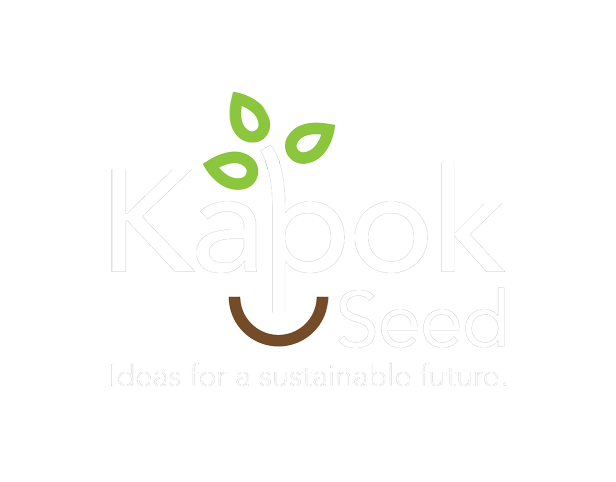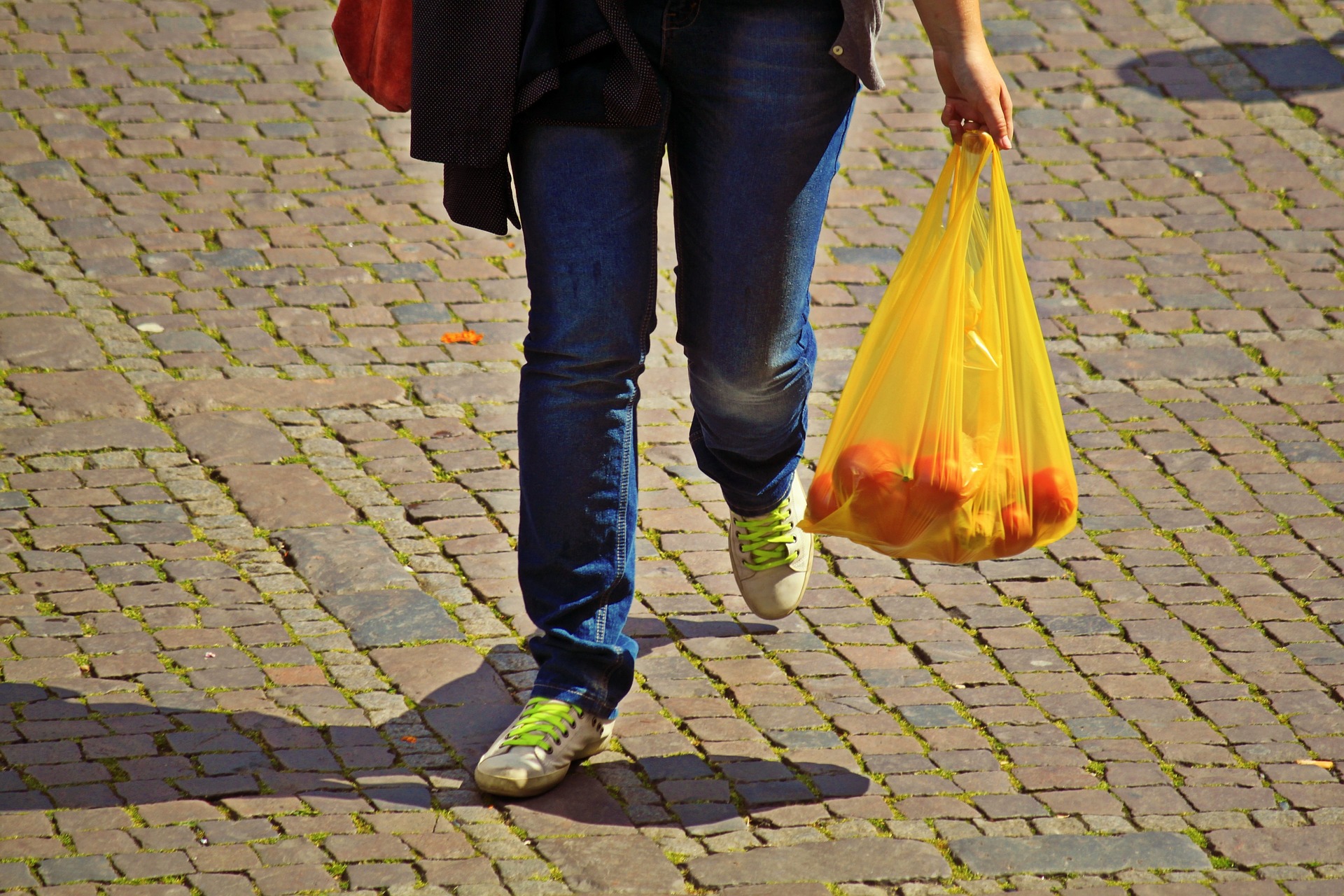Re-invent the Plastic Bag
How do we re-invent the traditional carry-home bag? Leading retailers – Target, Walmart, CVS Health among others – have come together to throw out a global challenge to all innovators. Launched by the Consortium to Reinvent the Retail Bag and led by the NY-based investment firm, Closed Loop Partners, the Beyond the Bag initiative aims to reinvent the single use retail bag, “with the goal of identifying, testing and implementing viable design solutions and models that more sustainably serve the purpose of the current retail bag”. The $15 million initiative aims to create a global competition to find a replacement for the plastic bag or to eliminate it.
This is a call to all innovators to challenge the status quo and imagine new possibilities for the standard retail bag.
Background
Ever since the plastic bag was introduced in the market in 1979, the growth and adoption has been in leaps and bounds. Worldwide, it is estimated that around 500 billion plastic bags are used per year, making it around 1 million bags per minute[1]. It is estimated that India alone consumed around 16.5 million tons of plastic in 2017-18.[2] Being a versatile material, it’s use has been indiscriminate and growing. Add to all this the fact that a plastic bag is not used for more than an average of 15 minutes!
It is well-known that plastic bags are made from fossil fuels, and it is unbelievably cheap to produce – just about a penny per bag. In fact, it may be cheaper to produce plastic bags from virgin plastic than from recycled plastic. Disposal, on the other hand, has irrecoverable costs to the environment. For some, it may be a common sight to see plastic bags to be strewn by the side of the road or in water bodies such as lakes. When the plastic bag does reach a landfill, it takes more than 1000 years to decompose. In addition, more than 8 million tons of plastic are dumped into our oceans every year[3].
Further, it is a common misconception that the plastic bag can be seamlessly recycled. Facilities that recycle plastic require special machinery for sorting and processing, which a very small percentage of facilities have. In India, sorting is taken care of by the informal sector. While India fares better than most countries in its recycling rate (official figures state that 60% is recycled), across the world, the number is closer to 10%.
What is the alternative?
A solution is needed. It was needed several years ago. Today, people are replacing plastic bags with paper or cloth bags. While paper bags are easier to recycle, the sturdy, square-bottom bags typically use more energy and greenhouse gases to produce[4]. Cotton bags are a better option due to their capacity to be re-used several times. There is a report by the UK Environmental Protection Agency that a cotton bag needs to be reused 131 times to offset the impact of its production on the climate[5]. Having said that though, the more challenging aspect of re-usable bags is in its adoption.
Bio-polymers represent the next wave in plastic bags. However, there has been considerable debate on their environmental impact. Are they degradable or compostable (if so, how long does it take)? IS special infrastructure required in order to compost them? Worst of all, does the degrading process release microplastics? These are some questions that need to be answered before bio-plastics can be touted as a viable alternative to the traditional plastic.
Taking it home
This is a challenge to look beyond what exists today and create a solution that is sustainable. We invite you to take up this challenge and look at new possibilities. Let us create new solutions!
Access the Beyond the Bag Initiative here.
[1] https://plasticoceans.org/the-facts/
[2] Data from the Plastindia Foundation – a body of major associations, organisations and institutions connected with plastics
[3] https://plasticoceans.org/the-facts/
[4] https://www.closedlooppartners.com/wp-content/uploads/2020/07/A-New-Way-Home_Beyond-the-Bag-Report.pdf
[5] https://www.clf.org/blog/the-truth-about-plastic-bag-bans/

